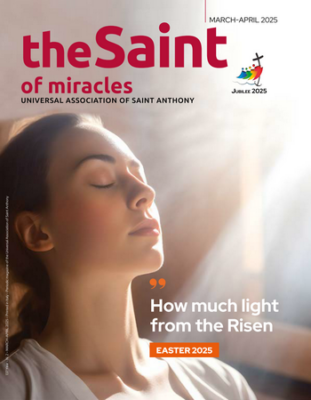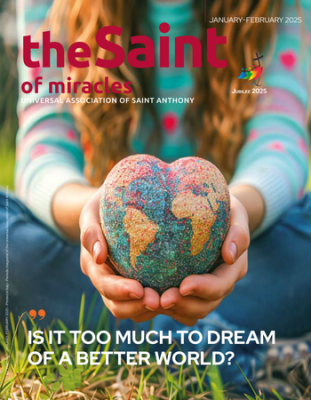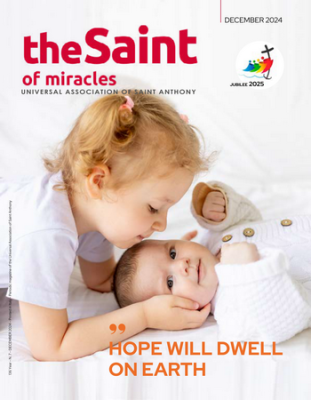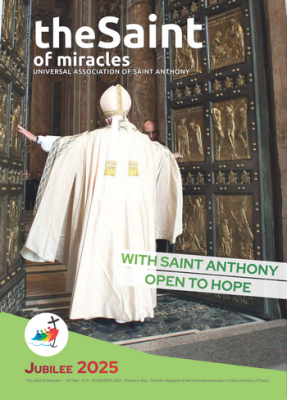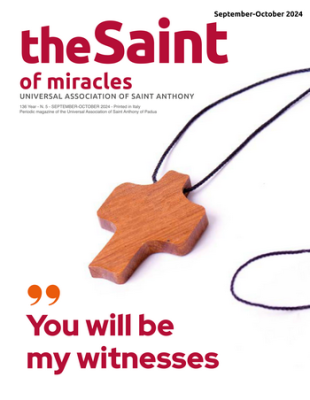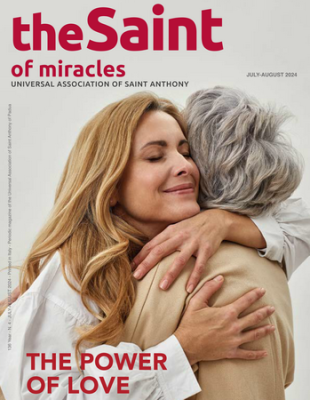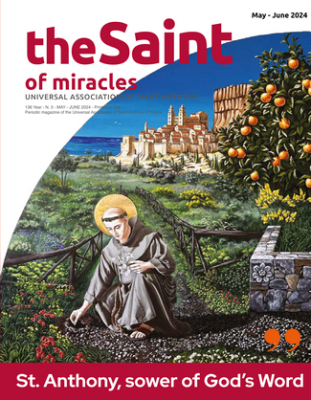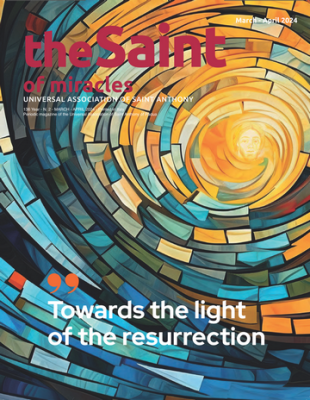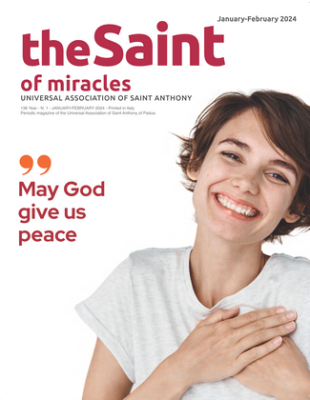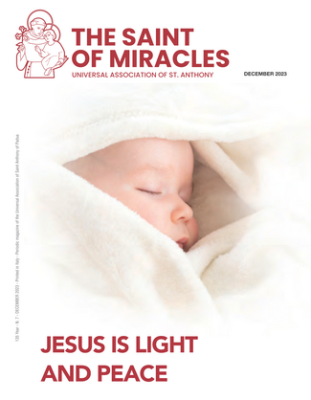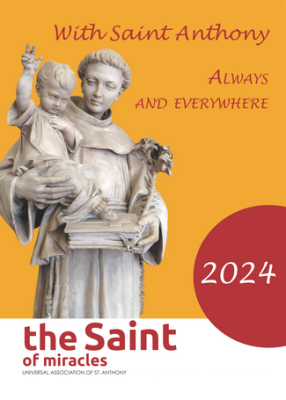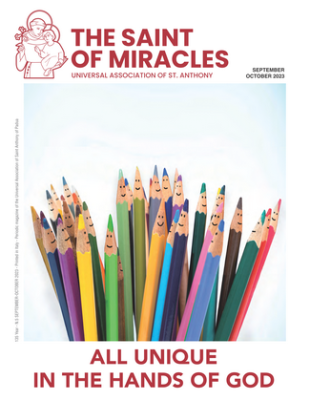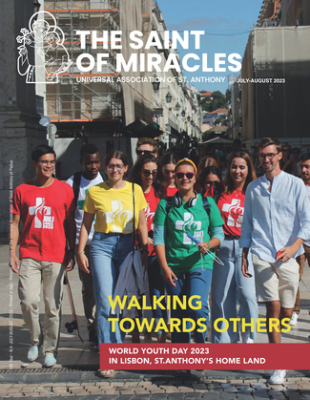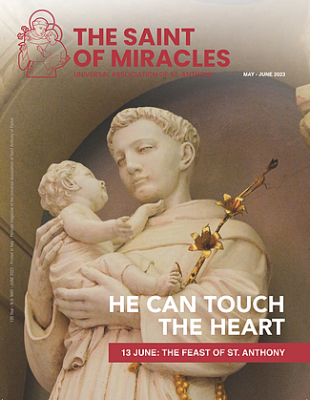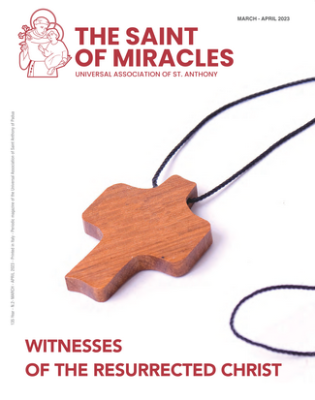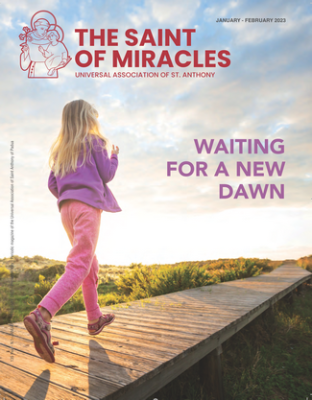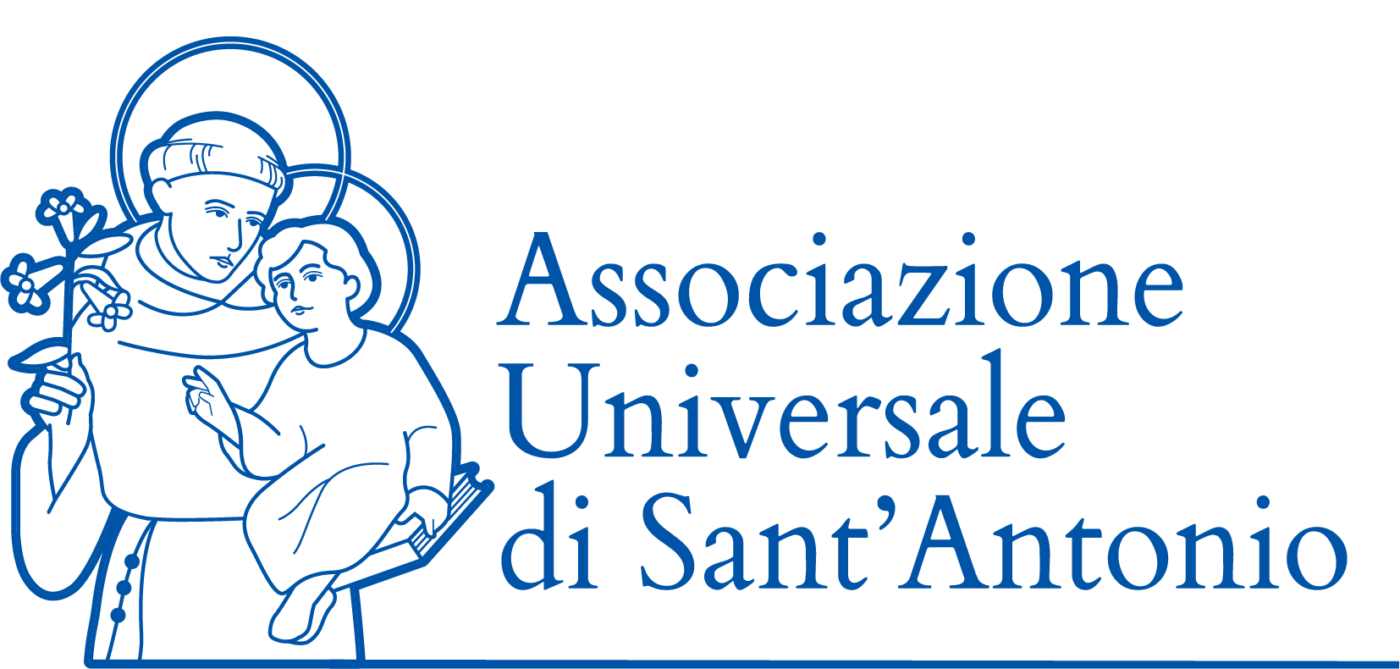Year 132 - January 2020Find out more
Are you the one who is to come?
Fr. Livio Tonello, director
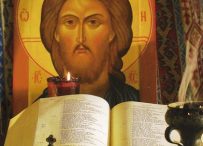
The evangelist Luke, like a film director, zooms in: from the overview of “the whole earth”, he narrows the lens on the Middle East (Syria), then on Palestine (Galilee and Judea), finally on Bethlehem, gathering among thousands of faces the features of a man and a woman, Joseph and Mary, as if to condense the Universal History in their small family history. One can sense the uneasiness of these young married couples because of their journey and the lack of intimacy in which they find themselves.
The birth of the child takes place in precariousness: there were so many of those people in that “room” that Mary had to put the baby in the animal feeder. The static vigil of the shepherds contrasts with the hectic movement of the crowd; the imperial edict that resounds throughout the earth is answered by the song of the angels in heaven; the confusion of tongues present in Bethlehem is contrasted by the silent night of the countryside.
We are perhaps only a few miles away from the small village of Judea, many miles instead from the great Rome... we are in another world, that of those who do not count for anything. The shepherds were homeless, they did not enjoy the right to witness, often assimilated to thieves. Yet it is precisely the shepherds who are the first to witness the mystery of salvation. The shepherds “were struck with great fear”, because man before God discovers himself small and naked.
The “good news” is “do not be afraid” because God has come close. The great joy announced to the shepherds “is for all the people”. Joy is “great”, proportionate to the fear that preceded it. “This will be a sign for you: you will find an infant wrapped in swaddling clothes and lying in a manger”. God gives “signs” to man—thus the sign of Cain, the sign of blood on Jewish houses, the rainbow, circumcision—as proof of his saving presence among the people. Jesus is the sign par excellence and yet completely familiar (the manger), to emphasize that the Messiah is precisely their king, a “king-pastor”.
Jesus is an eloquent sign only for those who have faith. It is the same principle as the parables: those who believe understand. A weak sign. The shepherds believe and see, thus becoming eyewitnesses and in turn “angels”, heralds of the mystery. This is the episode told by Luke, whom we will listen to at the Mass of the night and at the Mass of the dawn at Christmas. At the Mass of the day the Gospel is instead the Prologue of John, a hymn that contains the seed of all development: Jesus is the true Light sent by the Father.
In the end the light will prevail, but first it will know rejection and closure, because we prefer darkness. Light does not impose itself. “The Word became flesh and made his dwelling among us”. It is the culmination of the prologue; words that we will hear on our knees, amazed before God who out of love strips himself of his glory and takes our flesh, becomes one of us. “Are you the one who is to come, or should we look for another?” Mother Teresa of Calcutta asked herself looking at those who crowded her house and its structures: the blind, the lame, the lepers, the deaf, the poor, the dying. “Yes, you are the one who is to come!”.


 Italiano
Italiano Français
Français
